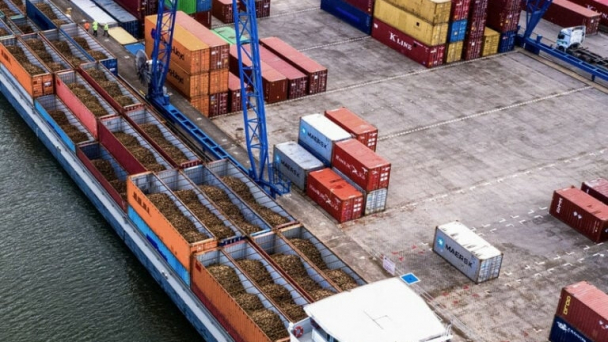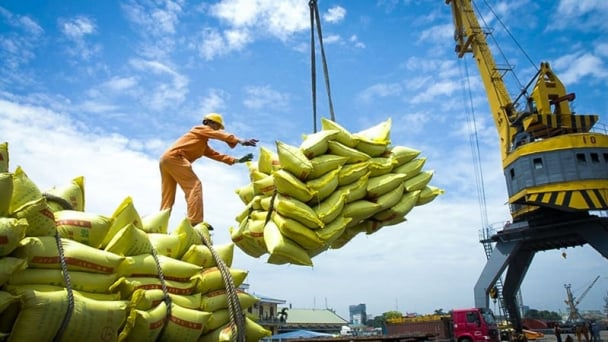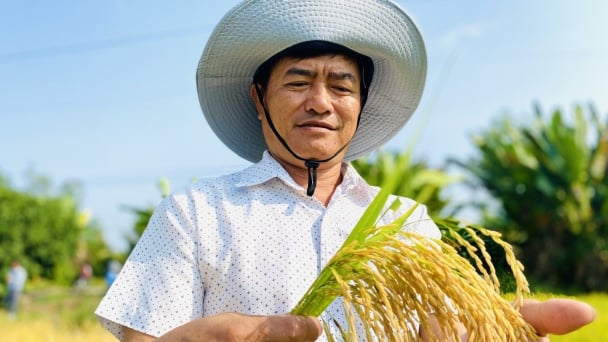June 2, 2025 | 01:13 GMT +7
June 2, 2025 | 01:13 GMT +7
Hotline: 0913.378.918
June 2, 2025 | 01:13 GMT +7
Hotline: 0913.378.918
Peru's Congress approved the CPTPP, three years after it was signed in March 2018. The South America country becomes the eighth nation to ratify the pact.
Peru will enter into the CPTPP 60 days after announcing the deal with transit nation New Zealand. As a member of the CPTPP, Vietnam will gain from Peru's ratification of the Agreement in two ways: first, by increasing bilateral trade, and second, by expanding the market for export products.
Vietnam's primary exports to Peru are phones, electronic components, computers, shoes, clinker, cement, textiles, and seafood. Peru agreed to removing 81% of tariff lines immediately upon the Agreement's implementation, equal to 62% of Vietnam's export revenue, and to eliminating duties on 99.4 % of tariff lines in the 17th year.
CPTPP is Vietnam and Peru's first free trade agreement. According to the Ministry of Industry and Trade's suggestion, certain exporters should grasp the opportunity immediately, since furniture items would be taxed at zero percent once the Agreement takes effect. Agricultural goods such as cashew nuts, tea, pepper, vegetables, and some varieties of coffee are also tax-exempt. Tax rates on textiles and footwear are being lowered following the plan and will reach 0% in the 16th year.
Peru is a prospective market, importing about 350 million USD worth of footwear each year, mostly fake leather and plastic components. Small and medium-sized businesses account for 75% of Peruvian import and export businesses. Vietnamese products benefit from favorable circumstances for penetration, competition, and easy access to Peru's neighboring nations, including Ecuador, Colombia, Bolivia, and Brazil.
Vietnam and Peru have strengthened bilateral economic ties in recent years. Before the Covid-19 epidemic, bilateral trade turnover rose 48.3 percent in five years, from USD284.96 million in 2014 to USD422.73 million in 2017. (2019).
In the first six months of 2021, bilateral trade reached USD 278.27 million, an increase of 78.7 percent over the same time in 2020. Vietnam's exports to Peru, in particular, increased by 103.6 percent to USD242,49 million.
Additionally, Vietnamese exporters to Peru benefit from the country's easier import restrictions than those of other nations with comparable market sizes.
Peru's membership is the next step in the CPTPP's development, after the agreement by the Agreement's 11 member nations to ask the United Kingdom to begin the accession process in June 2021. Previously, the UK sought to join in February 2021.
According to Reuters, the CPTPP's strength is the removal of 95% of tariffs between the CPTPP's existing 11 members, which include Japan, Canada, Australia, Vietnam, New Zealand, Singapore, Mexico, Peru, Brunei, Chile, and Malaysia. Within 60 days, this list will be updated with Peruvian names.
/2025/05/29/5625-12-214801_567.jpg)
(VAN) Provincial mergers in the Mekong Delta promise to streamline administration, expand inter-provincial raw material areas, and foster close linkages in agricultural value chains, benefiting both businesses and cooperatives.

(VAN) Merging Mekong Delta provinces contributes to the expansion of agricultural raw material areas, addressing previous constraints caused by provincial boundaries. Additionally, this expansion will reduce costs and strengthen linkages between businesses, cooperatives, and farmers.
/2025/05/29/1043-2-153730_145.jpg)
(VAN) The Government's policy to merge provincial-level administrative units opens up major opportunities for the Mekong Delta region to reshape its agricultural development strategy toward large-scale production, effective regional linkages, and sustainability.

(VAN) The mutual export of agrifood products between the European Union (EU) and the United Kingdom (UK) must occur again without certification, border controls or other red tape. This was agreed at the UK-EU summit.
/2025/05/22/5121-2-173645_677.jpg)
(VAN) NBSAP Tracker identifies strengths and areas for improvement in the National Biodiversity Strategy, based on each region’s priorities and capacities.

(VAN) The draft amendment to the Circular on rice export trading stipulates a periodic reporting regime for rice exporting enterprises.

(VAN) Dong Thap farmers attained an average profit margin of 64% during the summer-autumn 2024 crop (first season), while An Giang and Kien Giang farmers followed with 56% and 54%, respectively.